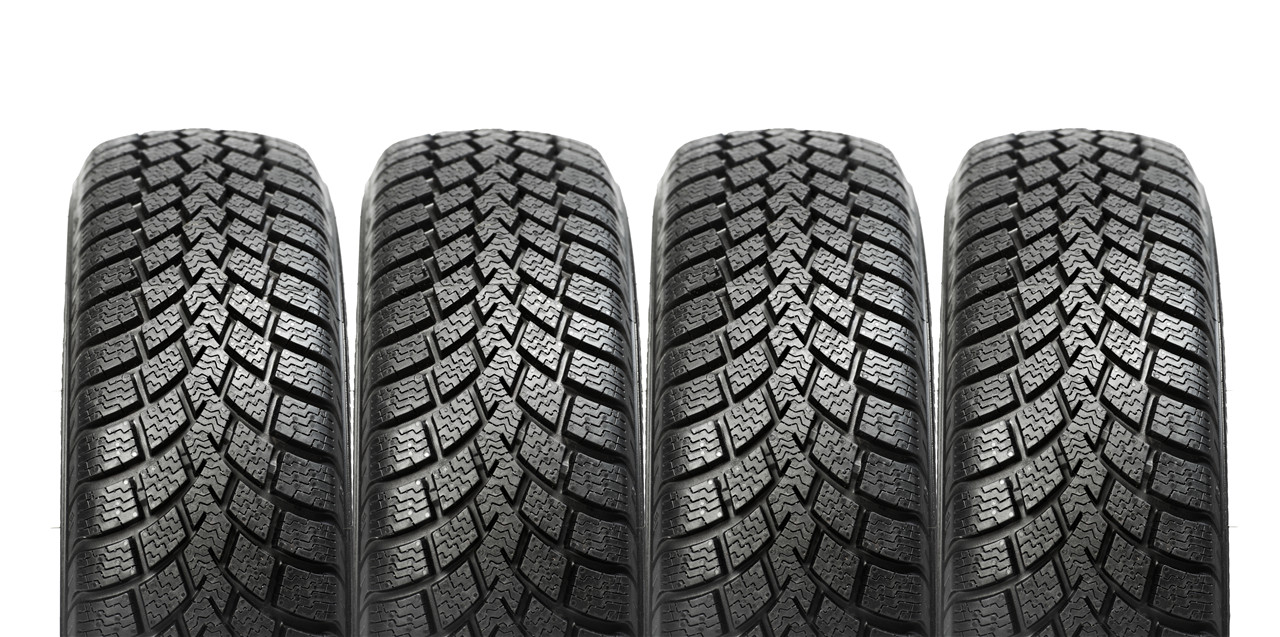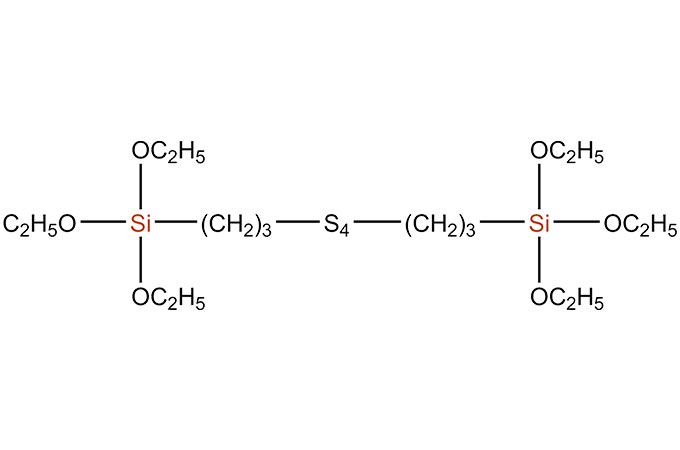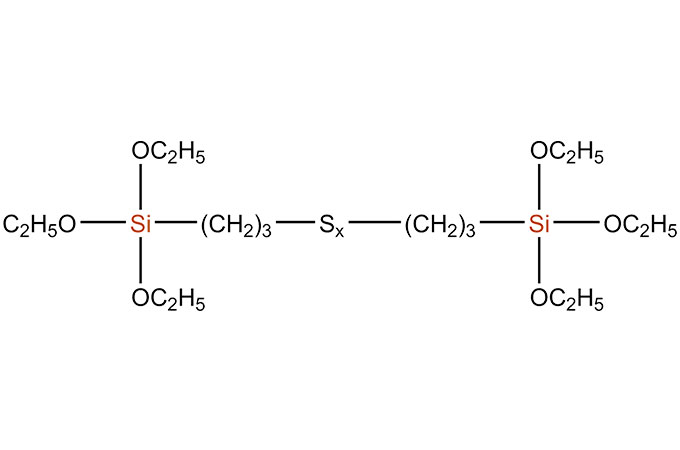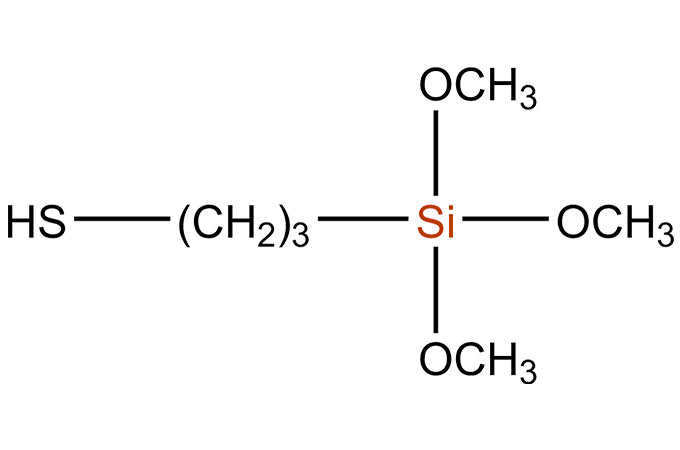SiSiB functional organosilanes are used in rubber compounds in a variety of products together with white fillers. They provide improved physical properties of the final products such as silicone filled tires, footwear, rolls, hose, and belts. They also simplify considerably the processability of rubber compounds during mixing and extrusion.
Heretofore, carbon black has been used as a reinforcing filler for rubber because carbon black provides higher reinforcement and more excellent abrasion resistance than other fillers. Recently, because of social requirements to save energy and to save resources, particularly to cut down fuel consumption of automobiles, a decrease in the heat buildup of rubber compositions is also required.
For decreasing the heat buildup of silicone rubber compositions by using carbon black, use of a small amount of carbon black or carbon black having a large particle size is considered. It is, however, well known that, in both methods, decreasing heat buildup is in a contradictory relation with improving reinforcement and abrasion resistance of a rubber composition.
On the other hand, fumed silica is known as filler which provides decreased heat buildup of a rubber composition. However, silica particles tend to cohere together due to hydrogen bonding of silanol groups which are functional groups on the surfaces of the silica particles. For improving the dispersion of silica particles into rubber, the mixing time must be increased. When dispersion of silica particles into rubber is insufficient, a problem arises in that processability in processes such as extrusion and the like deteriorates due to the increase in the Mooney viscosity.
Moreover, the surfaces of the silica particles are acidic. Therefore, there are problems in that basic substances used as vulcanization accelerators are absorbed such that vulcanization is not carried out sufficiently, and a sufficient modulus of elasticity is not obtained.
In order to solve these problems, we developed various types of silane coupling agents. For example, Bis(3-triethoxysilylpropyl)tetrasulfide (SiSiB® PC2000) and Bis(3-triethoxysilylpropyl)disulfide (SiSiB® PC2200).
When used in rubber compounds, it produces these effects:
Coupling agent for non-black pigments.
Cure equilibrium for reversion resistance.
Curing agent for good heat aging.

 English
English 日本語
日本語 한국어
한국어 français
français Deutsch
Deutsch Español
Español italiano
italiano русский
русский português
português العربية
العربية tiếng việt
tiếng việt




